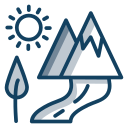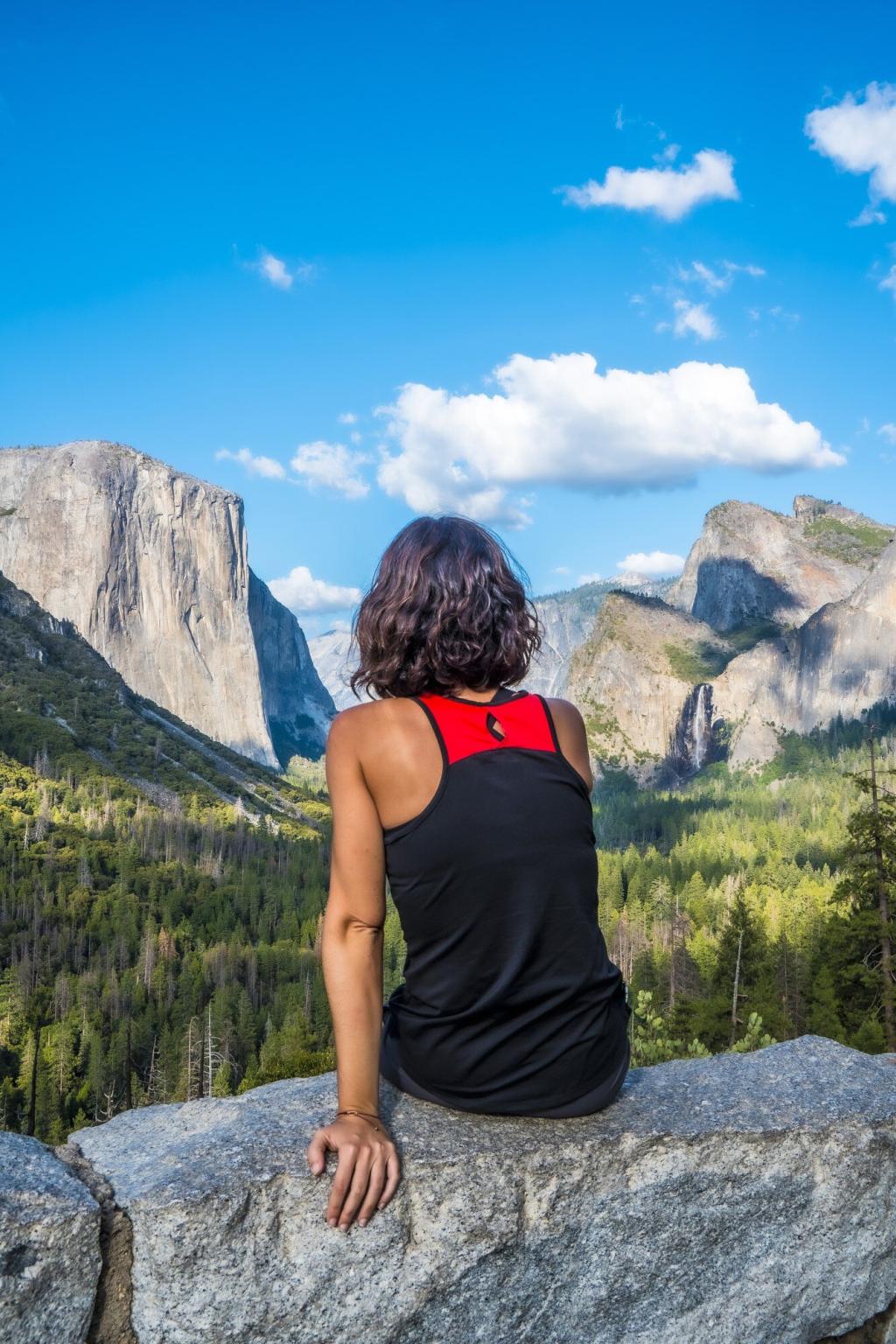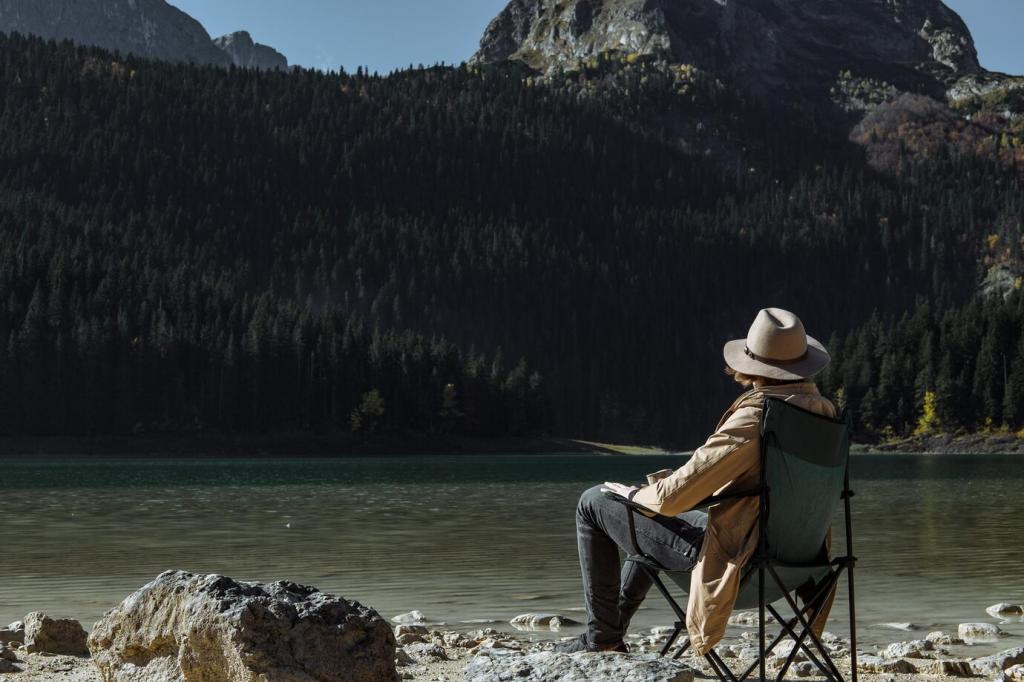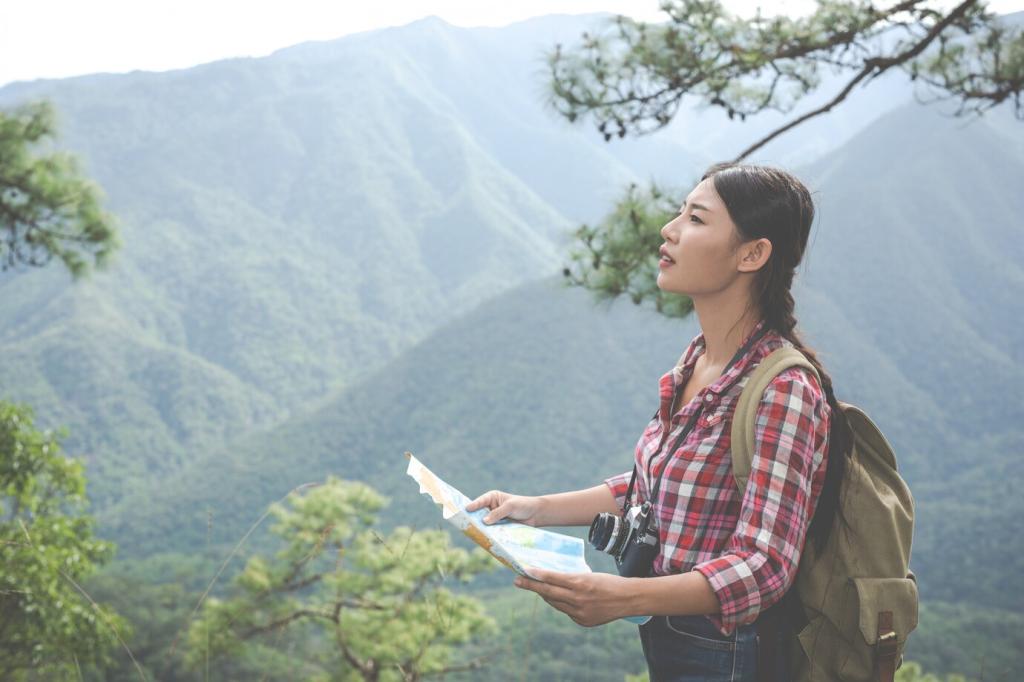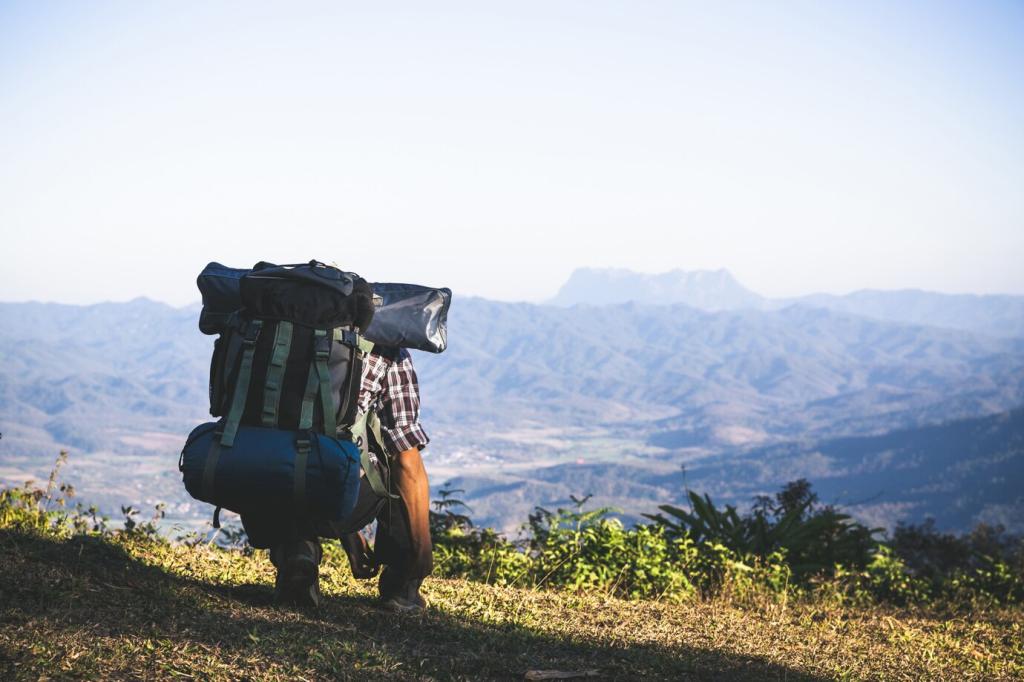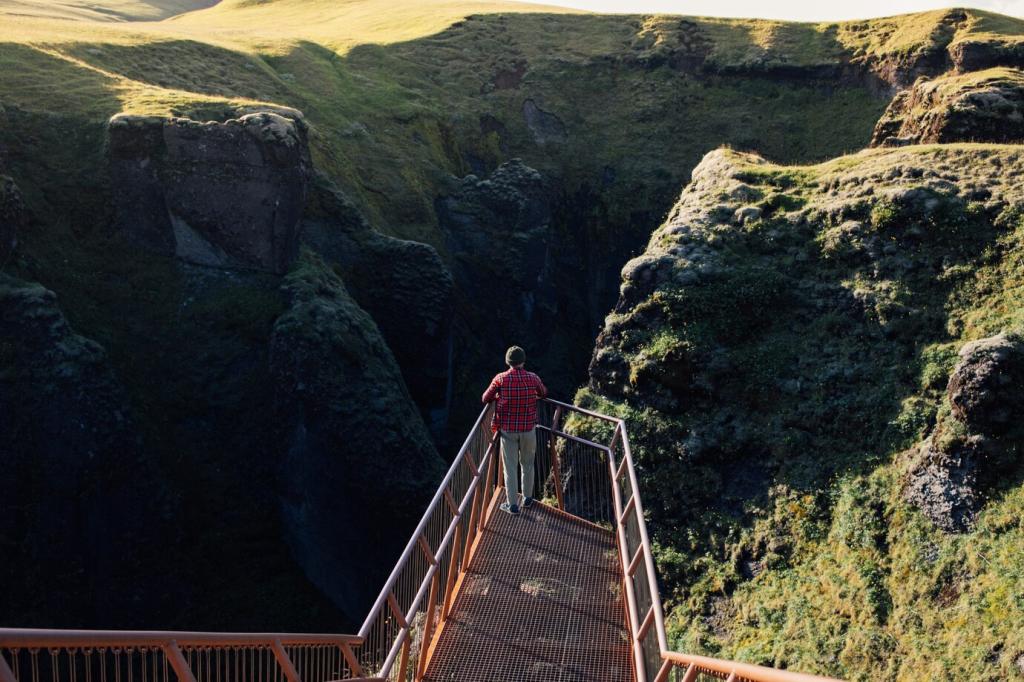Numbers, Maps, and Wonder
Conservation International recognizes 36 biodiversity hotspots worldwide, from the Tropical Andes to the Mediterranean Basin. They cover just a sliver of Earth’s land, yet harbor staggering proportions of endemic species with nowhere else to go.
Numbers, Maps, and Wonder
Plants anchor the definition because they shape habitats, feed food webs, and often stay put. Protecting endemic flora safeguards birds, insects, mammals, and microbes that evolved beside them in intricately timed ecological partnerships.
